Changing position in rice exports
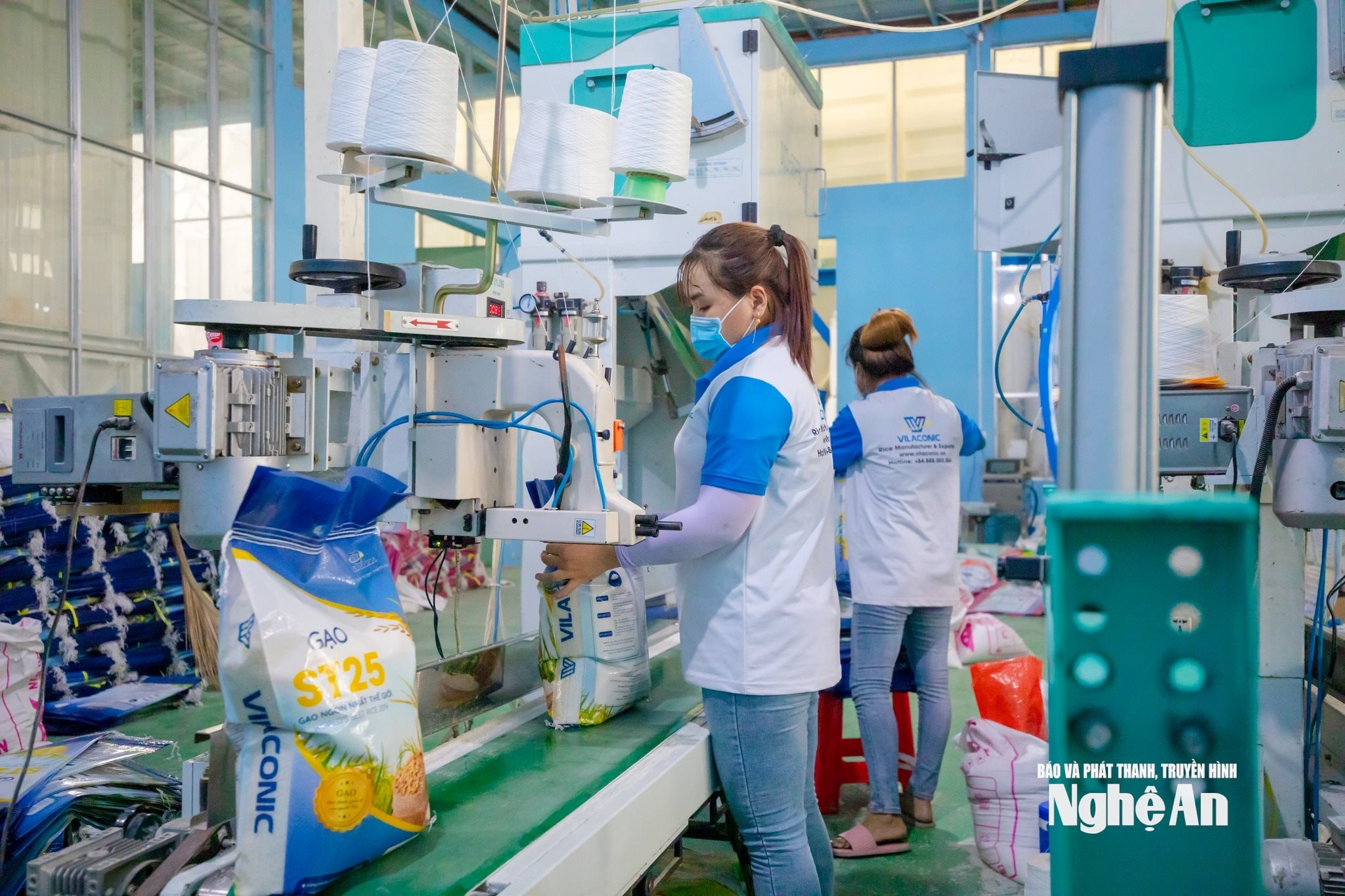
According to statistics from the Thai Rice Exporters Association, in the first 6 months of 2025, Vietnam exported 4.72 million tons of rice, up 3.6% over the same period. Meanwhile, Thailand only exported 3.73 million tons, down 27.3%. This gap of more than 1 million tons is not just a number, but clearly reflects the shift in the balance of power in the regional rice market.
Export value is also a bright spot when Vietnam's rice export turnover in the first half of 2025 is estimated to reach 2.3 billion USD, up 34.7% over the same period last year. Notably, Vietnam's average rice export price at times surpassed that of Thailand, showing that the quality of Vietnamese rice is increasingly appreciated.
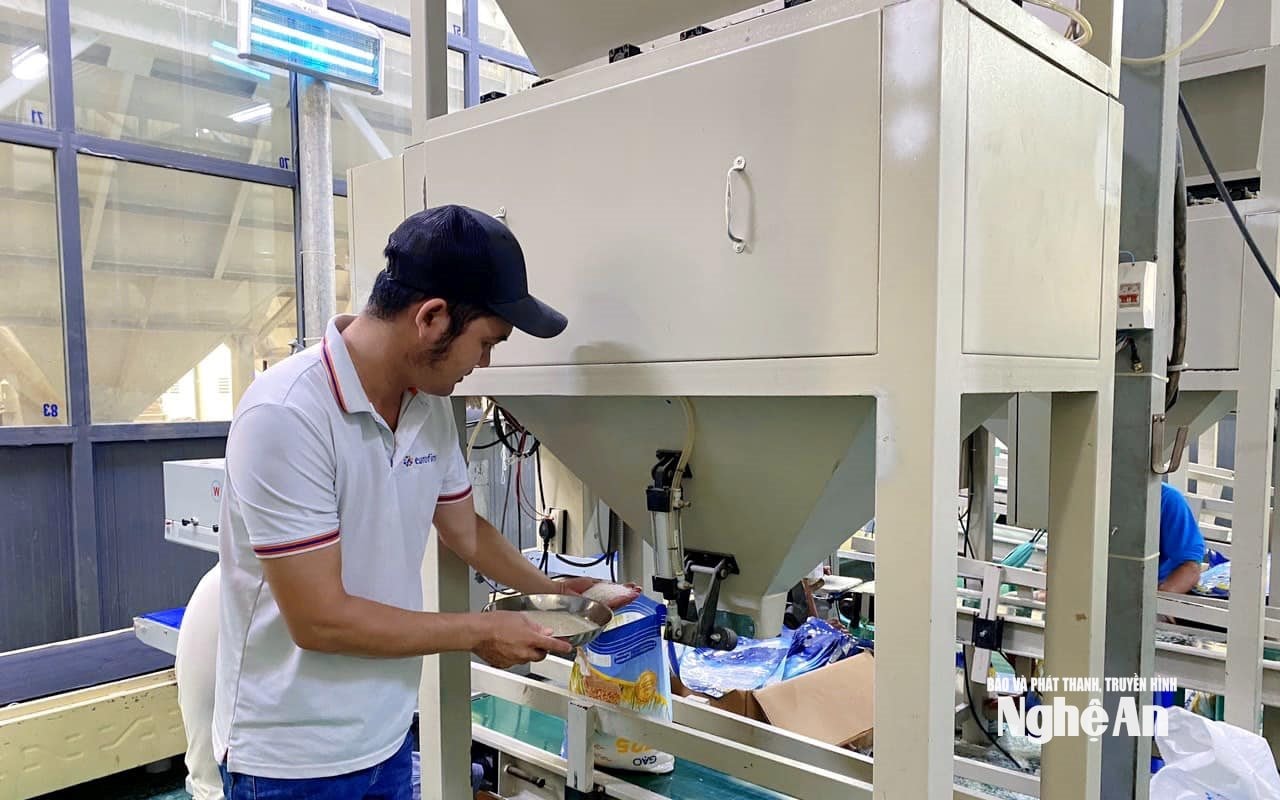
Behind that success is the combination of many factors: from India's rice export ban creating a large gap in the market, Vietnam quickly took advantage of the opportunity to expand its market share; to diversifying product types of white rice, ST fragrant rice, organic rice, Japonica... to serve high-end markets such as Japan and Korea.
As Thailand struggles with high production costs and a rising local currency, Vietnamese rice – with an average price of around $514-517 per ton – has become an affordable option for many developing countries. Flexibility in products and prices has helped Vietnam stand firm in a fiercely competitive market.
Steps towards rice export roadmap

As the largest rice granary in the North Central region with 170,000 hectares of land for two rice crops per year, with an annual rice output of approximately 1.1 million tons, Nghe An has a large potential to develop the rice export industry. However, at present, the province's rice export output is still very low, mainly imported products from other regions for preliminary processing, processing, and then export.
Typically, Vilaconic Joint Stock Company, the leading enterprise in rice export of Nghe An, exported about 62,000 tons of rice with a turnover of 40 million USD to more than 50 countries in 2024. However, all raw materials are imported from other places, because Nghe An's local high-quality rice production is still not enough to meet export requirements.
In fact, the rice variety structure in Nghe An is currently mainly hybrid rice varieties, short-term, focusing on productivity and output but the quality and grade of rice have not met export standards. In addition, high logistics costs are also a "barrier" causing the price of commercial rice in Nghe An to increase, reducing competitiveness.

However, the picture is gradually changing. In recent years, Nghe An has focused on land consolidation, plot exchange, building large-scale model fields, and planning high-quality rice production areas. Specialty rice varieties such as ST25, Bac Thom, Japonica, RVT... have been put into cultivation. Localities, cooperatives, and businesses have also joined hands to build production chains, organic rice cultivation, VietGAP...
The organic rice production model associated with product consumption is increasingly expanding. A highlight is the alternating flooding and drying irrigation model, a solution that helps reduce greenhouse gas emissions by 50% and save irrigation water, which has been implemented on more than 20,000 hectares. Green Carbon Japan Vietnam Company has signed a cooperation agreement with TH Rice Company to purchase products from this raw material area for processing and building the Nghe An "green rice" brand that meets export standards.

At the same time, many local brands such as Sen Village Rice, Yen Thanh Rice... have begun to assert their position in the domestic market, creating the premise for international expansion. In particular, with the presence of TH Group's rice processing factory and modern production lines, Nghe An has a deep processing infrastructure, enhancing product value.
However, to realize the dream of bringing Nghe An rice to the international market, there needs to be stronger participation from businesses. Rice exporting businesses need to invest directly in raw material areas, organize production chains, sign long-term consumption contracts with farmers, thereby controlling product quality well and optimizing logistics costs.
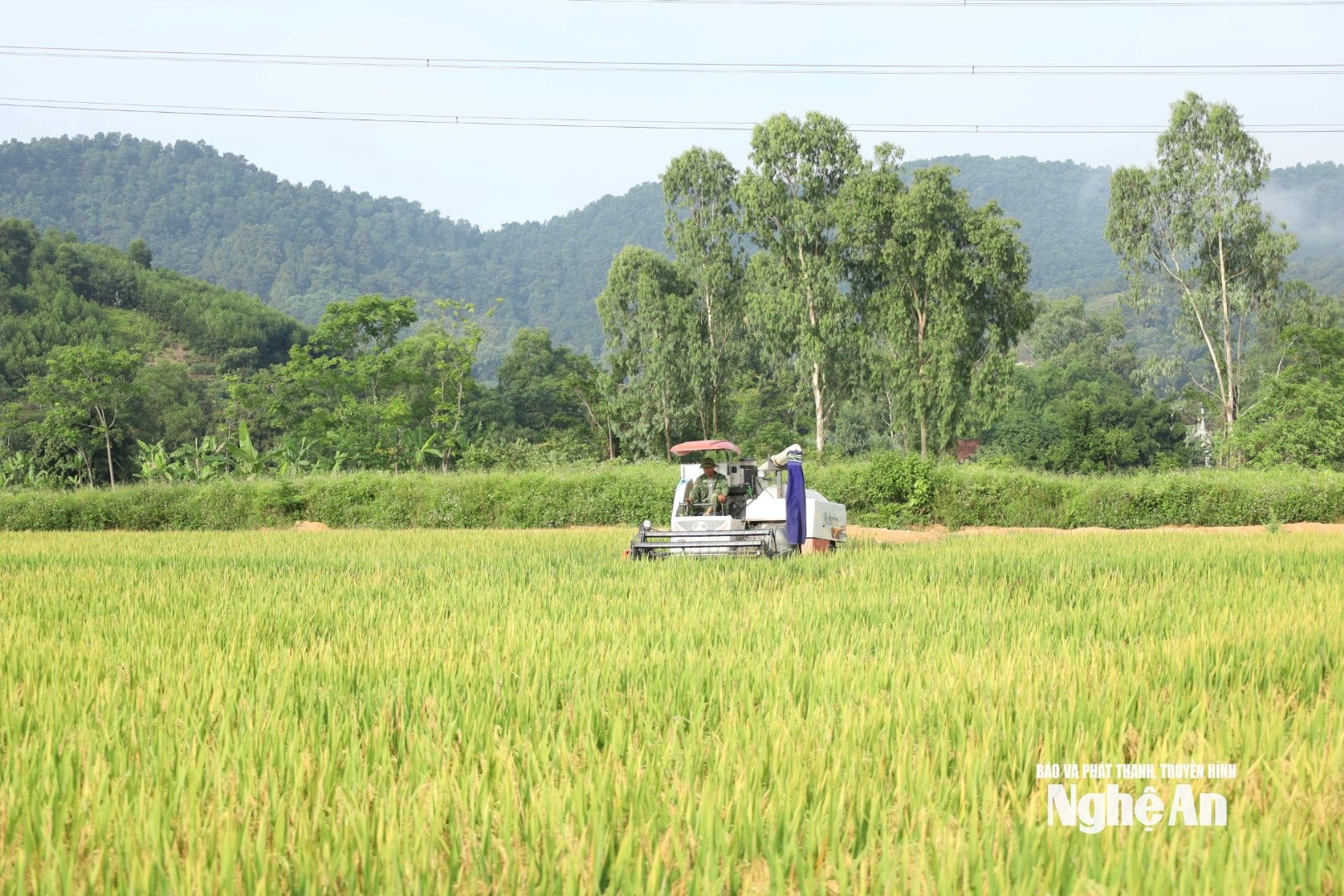
In addition, local authorities also need to have specific support mechanisms and policies on credit, science and technology, and human resource training for cooperatives and rice production groups. Developing OCOP products from rice, associated with agricultural tourism is also a potential direction, helping to increase the value and promote the brand of Nghe An rice.
A notable highlight is trade promotion activities. In recent years, Vilaconic and a number of Nghe An enterprises have actively participated in international fairs such as Gulfood Dubai, Thaifex Thailand, initially promoting the Vietnamese rice brand, Nghe An rice to many major partners. This will be an important bridge to expand the market, find customers and learn from the experiences of leading rice exporting countries.
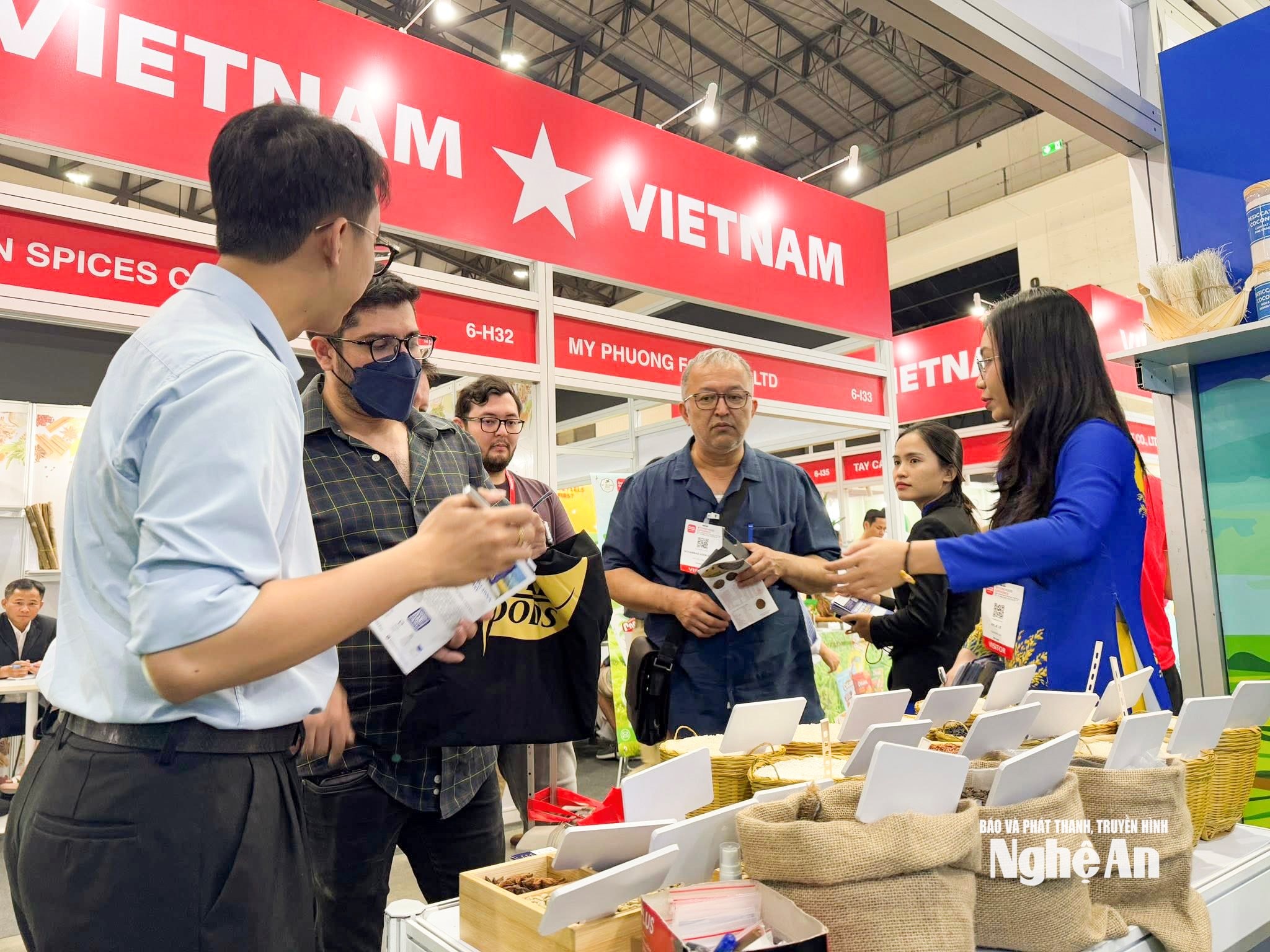
Ms. Vo Thi Nhung - Deputy Director of Nghe An Department of Agriculture and Environment, in an opportunity to share about the issue of improving rice quality in Nghe An, said that the province is currently promoting the planning of Nghe An rice map, building raw material areas, granting growing area codes, supporting businesses and cooperatives to access the market, improving production capacity; at the same time, focusing on investing in post-harvest preservation to maintain the quality of rice grains.
Nghe An has full potential to form a large-scale rice export production area. The remaining problem is the synchronization of varieties, cultivation techniques, consumption linkage and product branding.
Ms. Vo Thi Nhung - Deputy Director of Nghe An Department of Agriculture and Environment
Opportunities are gradually opening up. If solutions are being implemented synchronously and combined with the momentum from the world rice market, Nghe An can completely step into the Vietnamese rice export cycle in the coming years...
Source: https://baonghean.vn/viet-nam-vuon-len-top-2-the-gioi-ve-xuat-khau-gao-co-hoi-nao-cho-lua-gao-nghe-an-10303979.html








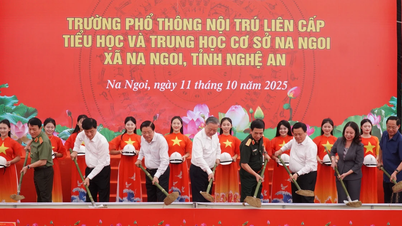

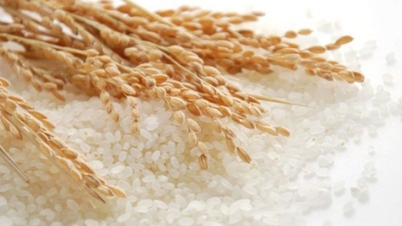

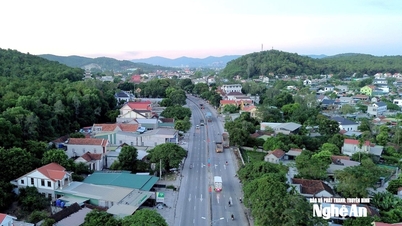

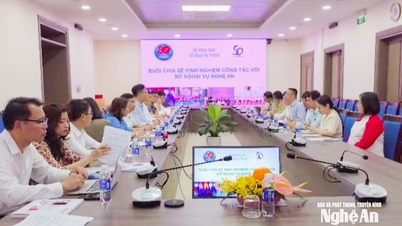
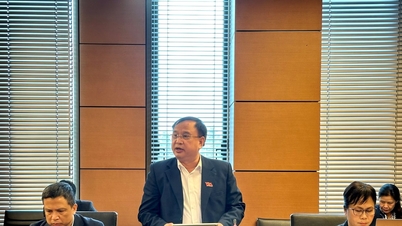

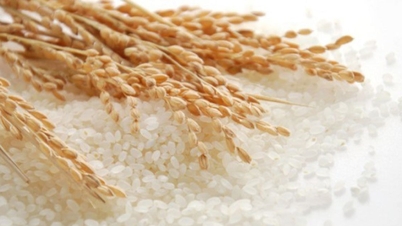
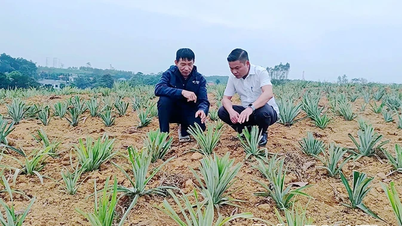



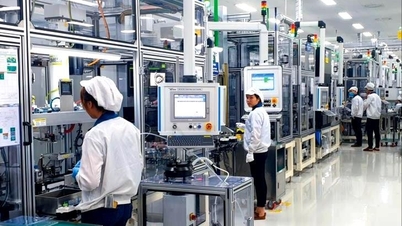



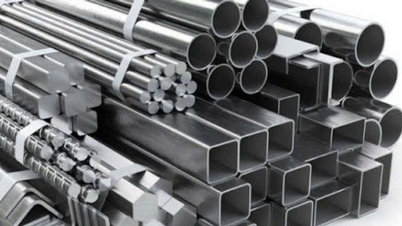


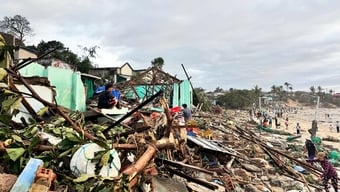




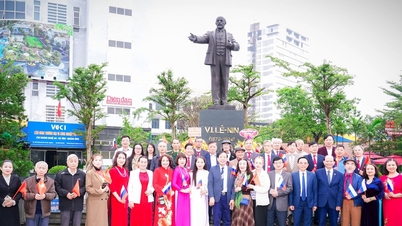
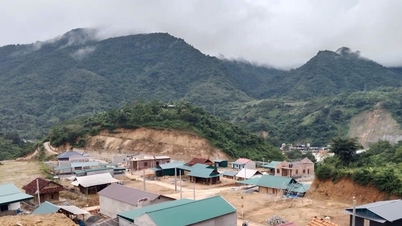


![[Photo] Da Nang: Hundreds of people join hands to clean up a vital tourist route after storm No. 13](https://vphoto.vietnam.vn/thumb/1200x675/vietnam/resource/IMAGE/2025/11/07/1762491638903_image-3-1353-jpg.webp)



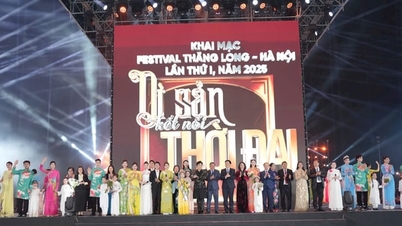



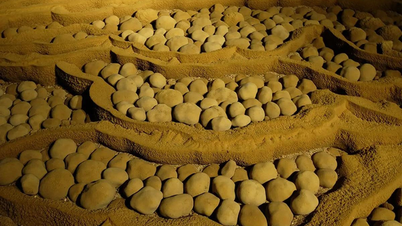

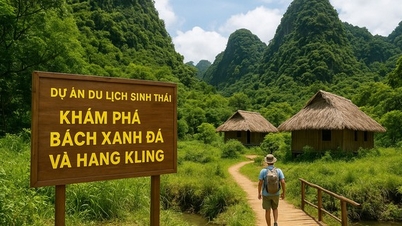













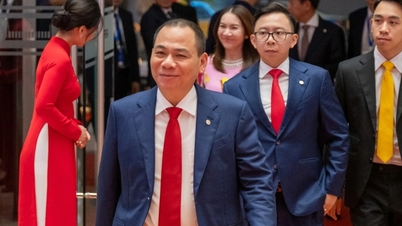



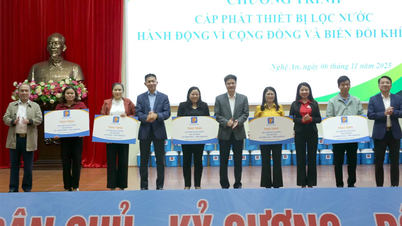


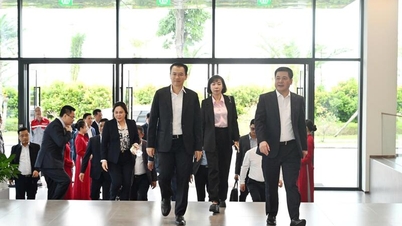
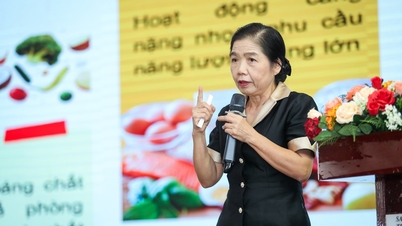
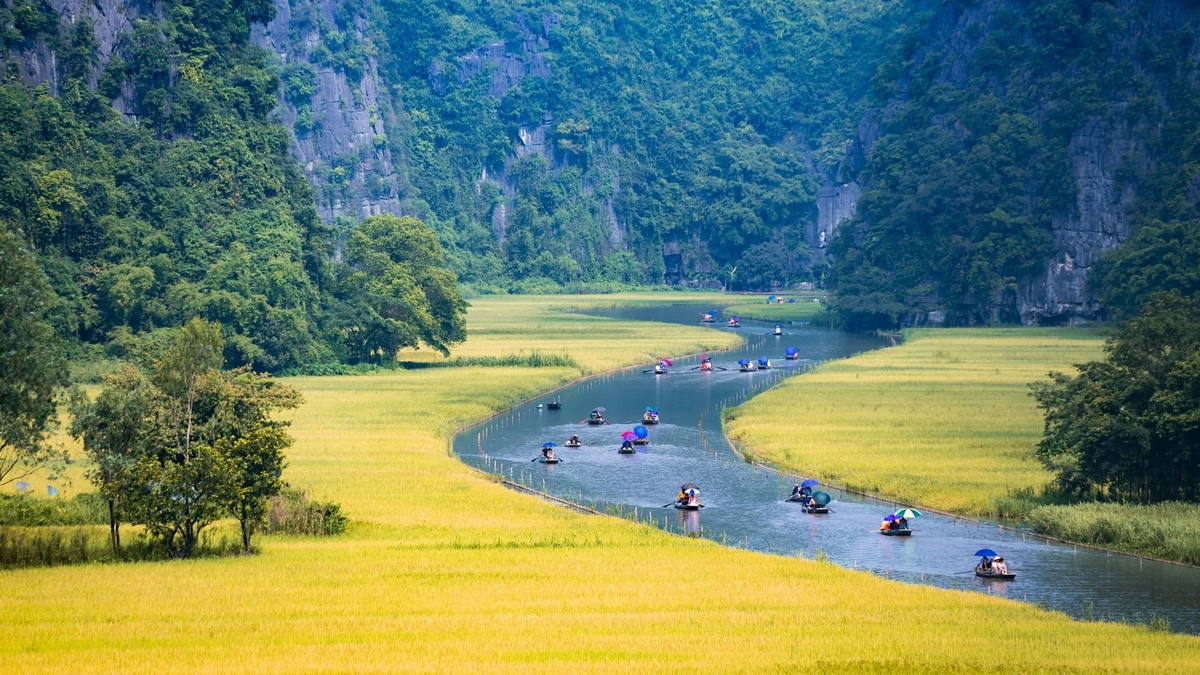







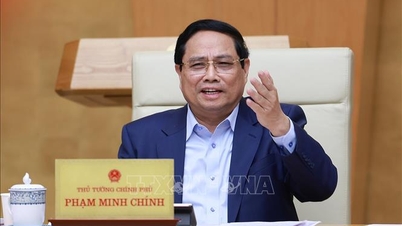
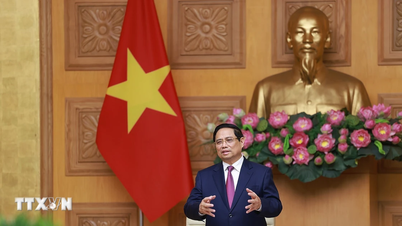

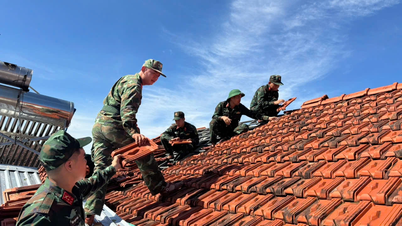


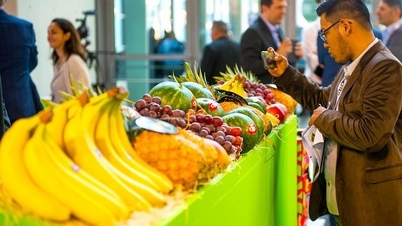


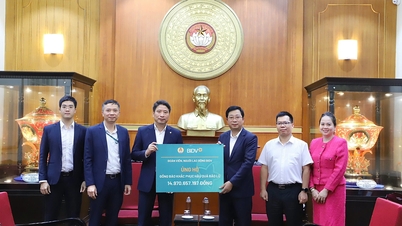

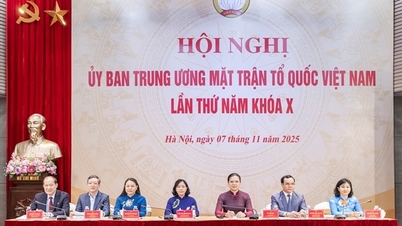
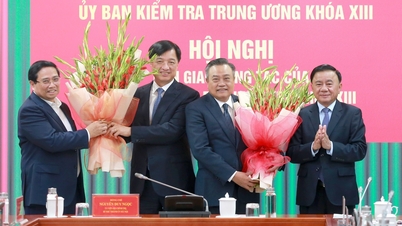























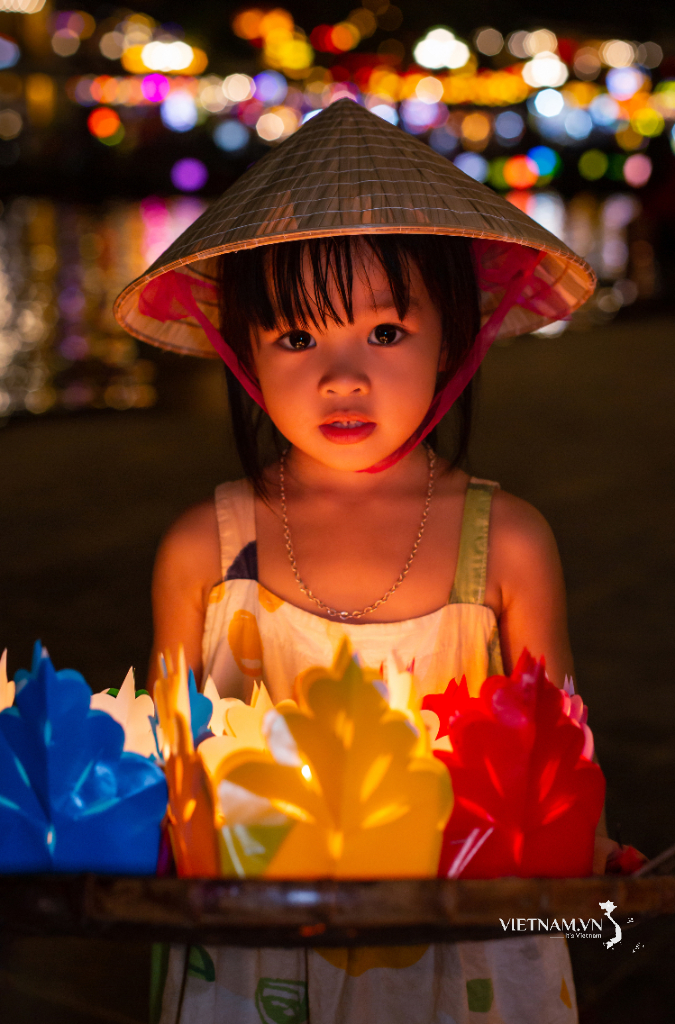

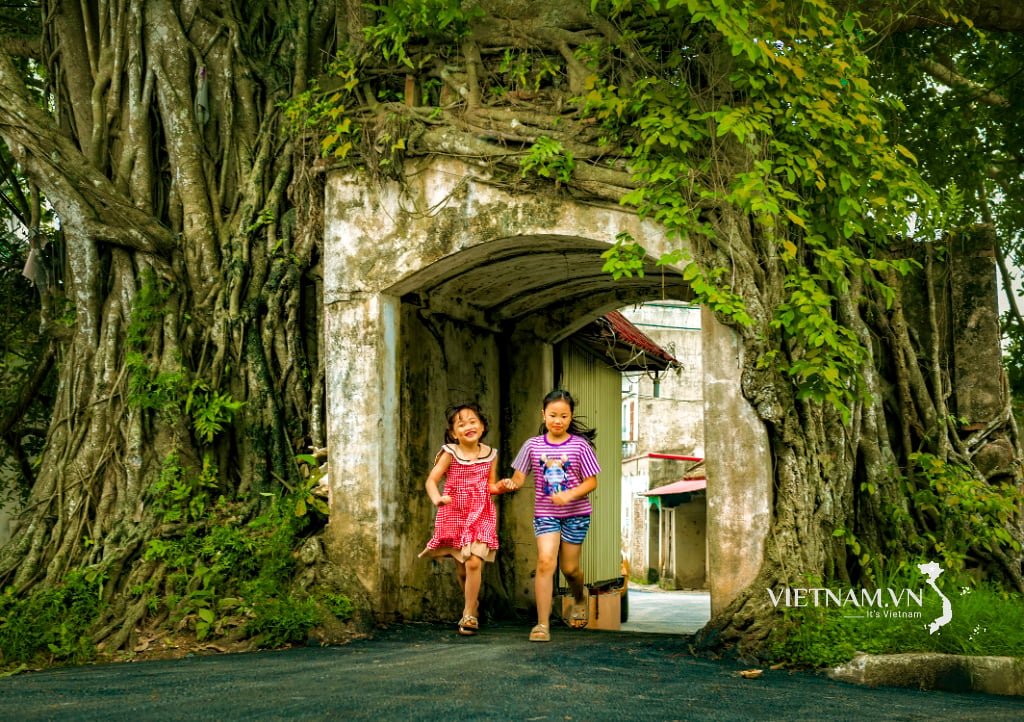
Comment (0)